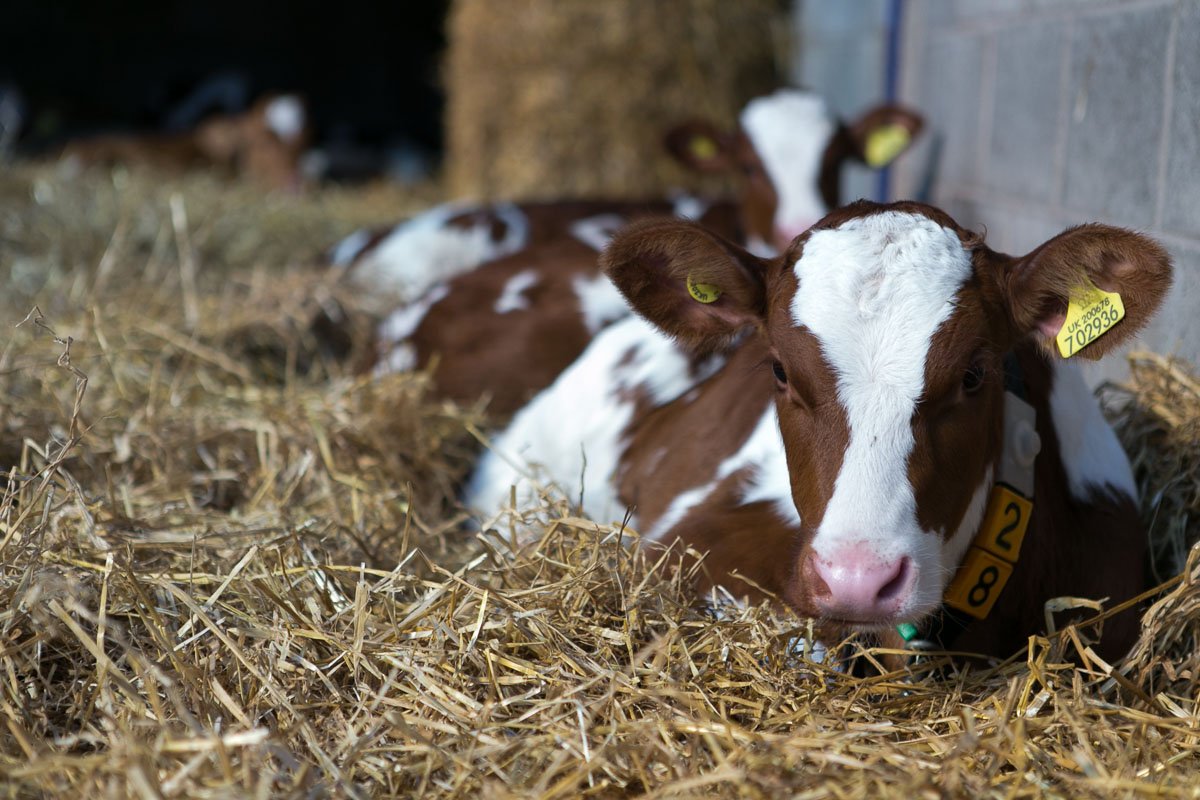- Home
- Knowledge library
- Evidence based decisions to improve dairy herd fertility (PhD)
Evidence based decisions to improve dairy herd fertility (PhD)
Summary
Summary/ Key Findings
- Several post-calving diseases are associated with a decrease in reproductive performance in affected cows
- Reducing levels of post-calving disease is likely to have a relatively small impact on herd-level fertility performance in most scenarios, although the impact can be larger where initial levels of disease are very high
- In many “typical” herd scenarios, preliminary results from simulation modelling suggest that improving early lactation energy balance and measures to optimize submission rate are likely to provide bigger performance improvements compared to other factors such as control of infectious disease, improvement in herd genetics or reductions in levels of endemic disease
About this project
Aims and Objectives
The project has four objectives.
1. Data analysis: A rich agri-informatics dataset from 468 UK dairy herds will be used to explore relationships between clinical disease events and reproduction. This will update existing literature on the relationships between endemic disease and reproduction.
2. Identify current research knowledge: A systematic literature evaluation will be carried out into factors known to affect dairy cow fertility. This will include conversion of results into a mathematical format whereby they can be used as inputs for a decision model. Areas to be evaluated will include heifer rearing, nutrition, heat detection, genetic selection, infectious disease, peri-parturient disease, management and environmental factors.
3. Evidence synthesis modelling: A technique known as probabilistic sensitivity analysis will be used to synthesise evidence using parameters identified in Objective 2. The resulting model will be used to determine the relative importance of different factors in different situations, including their relative cost-benefits.
4. Software for decision analysis: A herd-level decision support tool will be designed and developed, based on the model described in Objective 3. This will allow farm managers and advisors to explore the likely impact of a wide range of interventions, given their current herd situation.
Related resources


